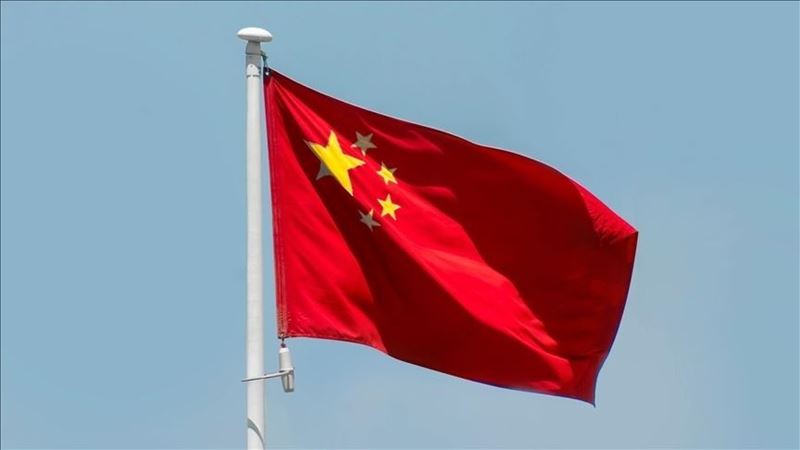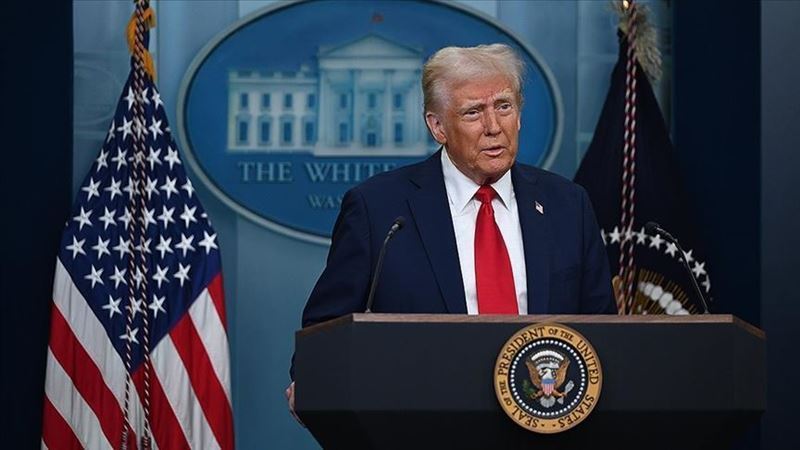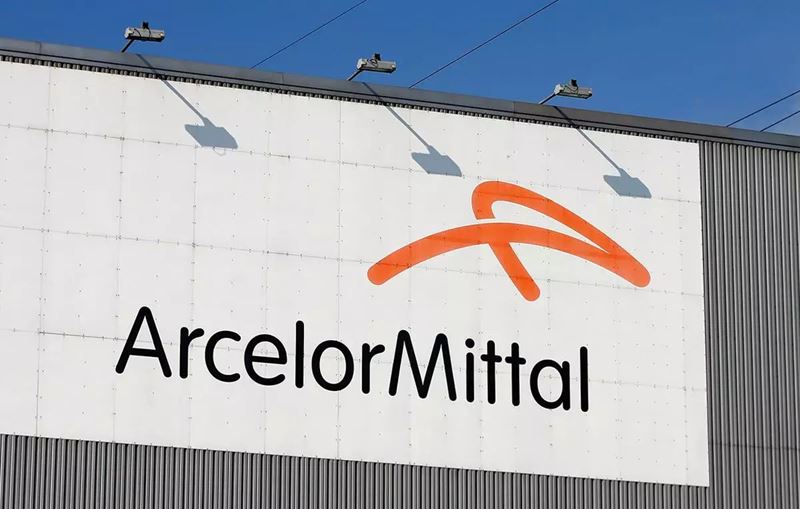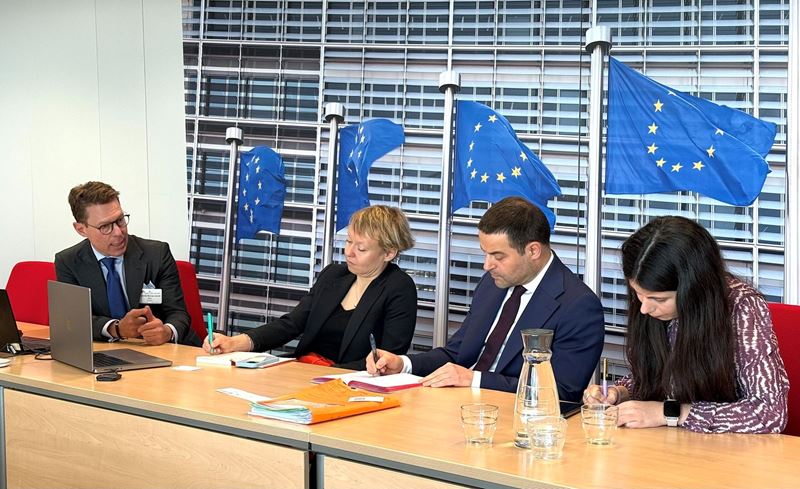How do you assess the current state of Ukraine’s steel industry? What are the key opportunities and risks for its recovery and integration into the European market?
The steel sector remains a cornerstone of Ukraine’s economy. In 2024, it contributed 7% to Ukraine’s GDP, and its share in total merchandise exports reached 15%. Despite the ongoing war, steel companies have continued investing. In 2024, approximately 20% of Ukraine’s industrial CAPEX came from the steel sector.
Currently, there are six steel producers in Ukraine, five of which are operational. These active steel plants are running at high utilization rates, with limited potential for increasing production. The exception is ArcelorMittal Kryvyi Rih, Ukraine’s largest steel plant.
Last year, Ukrainian steel plants managed to increase steel production by about 23% year-over-year. Semi-finished steel exports rose by 57% compared to the previous year. The maritime export corridor significantly supported production activities, allowing companies to regain their positions in export markets. For instance, Ukraine ranked as the third-largest pig iron supplier globally and re-entered the top five iron ore exporters.
In reality, Ukraine’s steel industry is already part of the European sector. Over the long term, Ukraine and Europe’s steel industries face very similar challenges. Decarbonization presents a significant financial burden for Ukrainian companies, as it requires substantial investments. Unlike in the EU, Ukrainian companies do not receive public funding for decarbonization projects. Currently, due to war-related risks, Ukrainian companies have no access to financing. Together with the EU’s Carbon Border Adjustment Mechanism (CBAM), this creates a major challenge for Ukraine, as domestic producers risk losing competitiveness and access to the European market.
On the other hand, there are various opportunities to deepen trade relations with the EU. First and foremost, Ukraine can become a major supplier of direct reduction (DR)-grade raw materials, which are in high demand in the EU as the industry moves toward decarbonization. There is considerable uncertainty about potential supply, but Ukraine can help address this issue since its iron ore companies have flexible capacities and can produce pellets with 67% Fe content. For example, Metinvest and Ferrexpo already produce 1 million tons of DR pellets annually. These companies have also announced projects to expand beneficiation and pelletizing capacities to increase DR-grade raw material production.
Additionally, Ukraine can supply the EU with low-carbon hot briquetted iron (HBI), which would be beneficial for European EAF producers facing potential scrap shortages. Ukraine also has the potential to supply environmentally friendly steel products to the European market.
In your opinion, what are the most important developments shaping the European steel market today, and how are they impacting supply chains, trade flows, and investment patterns?
The European steel industry is aiming to decarbonize production, but this transition is happening in an uncertain economic environment characterized by weak growth, high production costs, and energy transition concerns. Most decarbonization projects focus on shifting from the BF-BOF route to the DRI-EAF route. Scrap-EAF technology will only be implemented at a few plants. The EU is allocating significant public funds for decarbonization, and major companies expect to finance half of their decarbonization costs through public funding.
Since European producers must invest in decarbonization solutions and pay for carbon emissions, they are losing competitiveness against companies from countries without similar environmental regulations. This has led to the implementation of CBAM, which aims to protect the European steel industry from carbon-intensive imports. As a result, foreign producers that fail to meet European standards will lose access to the EU market.
On the other hand, CBAM in the EU will intensify competition in other markets that do not impose similar restrictions. The number of trade restrictions is increasing, and this trend is expected to continue. The European market is already protected by steel safeguard measures, anti-dumping duties, and countervailing tariffs, which will further limit import supply.
The EU is also actively discussing restrictions on scrap exports. The European Commission has amended the Waste Shipment Regulation to limit scrap exports to non-OECD third countries. However, the new export rules have not yet come into force and will only take effect in May 2027. The recently announced European Steel and Metals Action Plan states that the European Commission will evaluate additional trade measures to ensure sufficient scrap availability within the EU by Q3 2025. Therefore, we can expect a decrease in scrap exports from the EU. While this will enhance the decarbonization prospects for European steel producers, it may negatively impact non-EU producers dependent on EU scrap supplies.
Green steel and decarbonization are becoming key global themes. How prepared is Ukraine’s steel industry for this transition?
Ukrainian steel companies have already outlined their decarbonization roadmaps. Metinvest plans to build two DRI modules in Ukraine, each with a capacity of 2.5 million tons. These modules will supply material to the planned EAF complexes at Zaporizhstal and Kametstal.
Long steel producer ArcelorMittal Kryvyi Rih is also likely to follow the same path, maintaining the advantages of vertical integration while transitioning from BF-BOF to DRI-EAF.
Currently, Interpipe is the only low-carbon steel producer in Ukraine. It operates a state-of-the-art, scrap-based steel production facility with minimal carbon intensity. Interpipe plans to expand its low-carbon steel production and enter the flat-rolled steel segment by building slab casting and rolling mills.
All these projects can only be implemented if a green financing infrastructure is developed and Ukraine addresses domestic challenges that undermine the competitiveness of local producers, particularly in the energy sector.
Looking ahead, what are GMK Center’s strategic priorities, and how do you foresee the organization contributing to a more resilient and forward-looking steel industry in the region?
As a think tank, GMK Center aims to influence the development of the global steel industry. We plan to deepen our research on the green agenda, market trends, and industrial policies. We can support discussions with data-driven insights, which we consider crucial when preparing policy papers.
There are many agencies that publish current prices and news, but we see a lack of analysis covering long-term issues. We believe in the future of the steel industry and will work to highlight its importance. Our media portal aims to serve as a dialogue platform, and we are open to cooperation with all relevant stakeholders. Only through interaction between different players and stakeholders can the steel industry become stronger in the face of long-term challenges.
GMK Center
CEO – Stanislav Zinchenko









Comments
No comment yet.